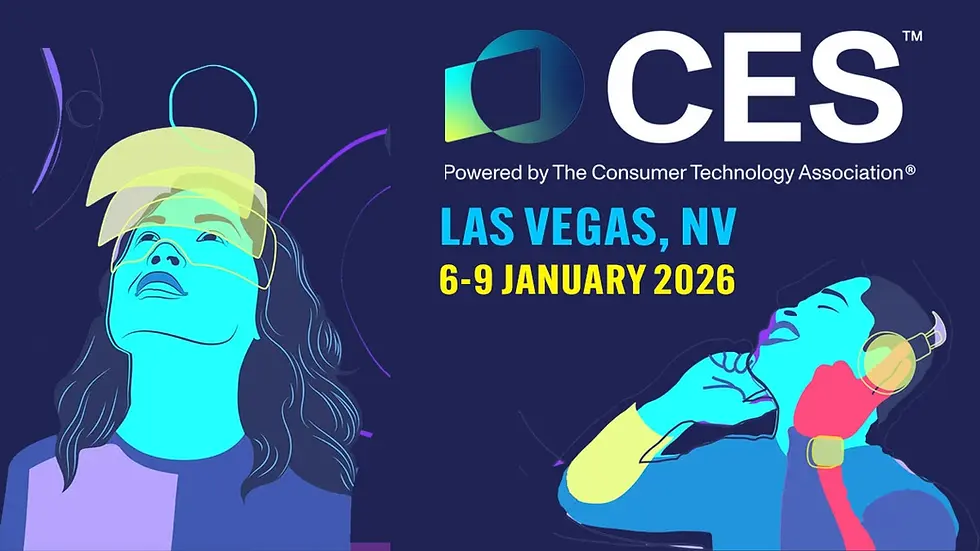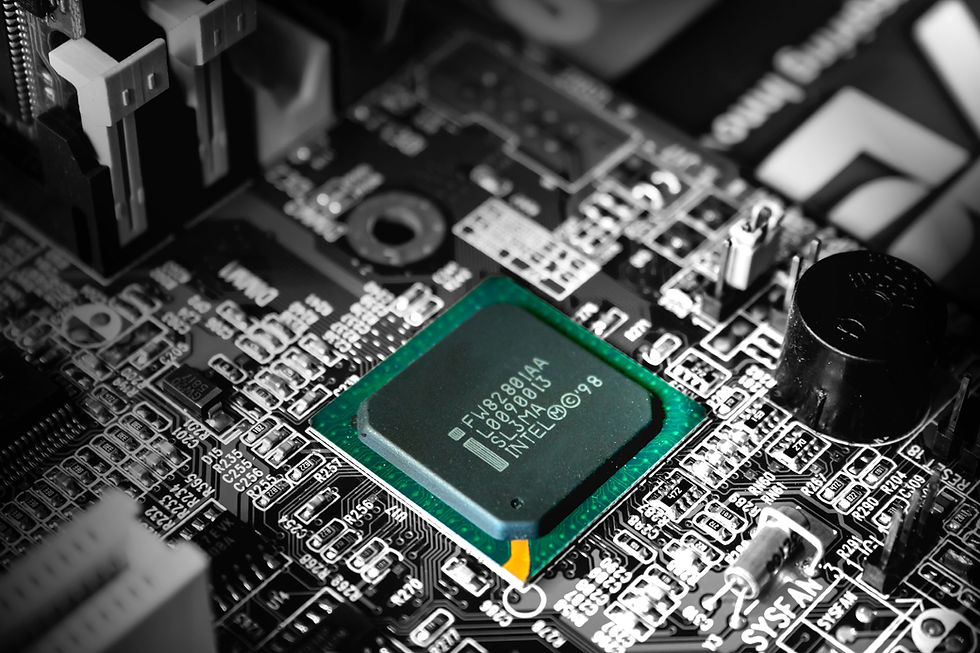Sketch to Reality: The Captivating & Comprehensive Process of Industrial Design
- Ben Seaman
- Feb 14, 2024
- 4 min read
Before we dive into the fascinating process, we must first answer the question, what is Industrial Design?

Industrial Design (ID) is the process of design applied to products, devices, objects, and services millions use daily worldwide. "It is the creative act of determining and defining a product's form and features, which takes place in advance of the manufacture or production of the product." Or, as I like to describe it, the intersection of function, form, and human interaction.
Industrial designers typically focus on a product's physical appearance, functionality, and manufacturability. However, they are often involved in far more during a development cycle, which ultimately extends to the overall lasting value and experience a product or service provides its end-users. Every object you interact with at home, office, school, or public setting results from a design process. During this process, an industrial designer (and their team) makes countless decisions to improve your life through well-executed design.
Now, we can move on to what this process looks like at Convergence.
All manufactured products result from a design process, but the nature of this process can vary. At Convergence, we strategize this process as an integrated team with our partners in I.D., Studio63 & Momentum, and Convergence's lineup of diverse experts (e.g., various designers, engineers, business experts, etc.). Our ID process emphasizes a mix of intuitive creativity and calculated scientific decision-making influenced by varied factors, such as materials and production processes, alongside our client's business strategy and prevailing social, commercial, or aesthetic attitudes. Applying these aesthetics and user-focused considerations solves problems of form, function, and physical ergonomics while aiding in marketing, brand development, sustainability, and sales.
A straightforward path for this process could be defined as follows:
Empathize & Define -> Concept & Ideation -> Detailed Design -> Prototype Testing & Evaluation -> Manufacturing
But it often ends up looking more like this:
Empathize & Define -> Concept & Ideation <-> Mock-ups (when required) <-> Detailed Design <-> Prototype Testing & Evaluation -> Manufacturing
Each phase (divided by the arrows) ends with a review where various experts assess the design details and contribute their input. In many cases, changes are implemented to improve the form, function or combination of the two, and this review is performed again with those changes applied before proceeding to the next stage. This process ensures that the final result is the best possible design solution and can be manufactured within the customer's budget.
Empathize & Define
First, we define the customer needs, current landscape, challenge & human context; then, we can clearly establish our strategy, the scope of work, required time & resources, and the project parameters, taking into consideration the varied factors mentioned previously; end-user needs, materials, production processes, as well as the client's business strategy and prevailing social, commercial, and aesthetic standpoint.
Concept & Ideation
This phase is the most fun (IMO). It consists of brainstorming a wide range of ideas among various expert team members of diversified proficiencies. Working with our partners during this process can include sketches, preliminary 3D models, renderings and sometimes even mock-ups and prototypes to verify the concept and physical ergonomics before proceeding with the detailed design.

Image: Primitive Mock-up of an Electric Vehicle (EV) concept at Convergence for form and ergonomic verification.
Detailed Design
Once the concept is established and approved by the customer, we move on to the nitty-gritty of the detailed design phase, working alongside the technical team to determine various aspects regarding manufacturability, fit, BOM & document creation to guarantee there will be no surprises (or over-sights) before the official Design Verification (DV) sample, or prototype, is built. Compromises are often made during this phase, especially when manufacturing on a budget. However, having an Industrial Designer to aid in critical decisions based on the limitations and challenges ensures that the intended aesthetic of the product is preserved as much as possible and that the interaction with, and satisfaction of, the end-user remains optimized.
Prototype Testing & Evaluation
This stage is the second most fun and, IMO, the second most fulfilling part of the journey. It's the first time you get to see the project IRL and truly get a feel for what your team has accomplished. Here, we can more closely assess the materials and finishes and test fit all the parts involved. (NOTE: in most cases, we have already reviewed individual parts and sub-assemblies as they have been tooled and become available before we see the fully built DV, but it's much more exciting to see the whole project as it has come together.) This step is also where we test our work and thoroughly evaluate the human interaction with the product. Although preliminary testing is done continuously throughout the process, we now get to put the actual product to the test to ensure that everything has come together as designed. Once we have completed our testing and evaluations, any necessary changes are made (if there are multiple changes, a second DV may be required), and it's time to proceed to Manufacturing.
Manufacturing
In many cases, the ID journey ends here (sometimes sooner). The client receives the design package, and the Industrial Designer's job is complete. However, at Convergence, we can and do take this step for some of them. When this is the case, we start our interaction with the manufacturer early on, sometimes even seeking their input in the Concept & Ideation phase. [If feasible, creating your prototype via the end vendor is good practice. This way, you learn the manufacturing capabilities and costing aspects before going down a rabbit hole too far.] In addition to the product itself, we work with the client and manufacturer to provide the complete release package, including packaging, labels, manuals, artwork assets and various other components that support the design, helping to ensure a smooth product run and cohesion across their marketing materials and brand development. Once all assets are released, we work with the factory to evaluate Pilot Run (PR) samples. If these samples meet the mark, we move on to mass production (MP) and distribution into the wild.
I find the most fulfillment in this end part of the Industrial Design Process. It's a thrill to see products I've designed (or had a hand in creating) out in the world, providing our client with a complete resolution to their needs and the end-user with an aesthetically pleasing, user-focused product. The ID process is indeed a captivating & comprehensive journey in its collaboration of intuitive creativity and calculated scientific decision-making. Fusing function, form, and human interaction to create user-focused products is a journey I'm delighted to be a part of.
Julie Barker
Project Manager & Sr. Mechanical Designer
Humber College Industrial Design, class of 2000




Comments